

Articles
How To Store Backpacks At Home
Modified: January 19, 2024
Learn efficient ways to store backpacks at home with these informative articles. Find out how to maximize space and keep your backpacks organized and easily accessible.
(Many of the links in this article redirect to a specific reviewed product. Your purchase of these products through affiliate links helps to generate commission for Storables.com, at no extra cost. Learn more)
Introduction
Backpacks are essential accessories for people of all ages, whether for school, work, travel, or outdoor adventures. They carry our belongings and keep our hands free, but when not in use, improper storage can lead to damage and wear and tear. Therefore, it is crucial to know how to store backpacks properly to ensure their longevity and functionality.
In this article, we will explore the importance of proper backpack storage and provide practical tips on how to keep your backpacks in excellent condition when not in use. From assessing available storage space to choosing the right storage method and cleaning and maintaining your backpacks, we will cover it all. So, let’s dive in and learn the best practices for storing backpacks at home!
Key Takeaways:
- Proper storage of backpacks is crucial for longevity, functionality, and organization. Assess available space, choose the right storage method, and follow maintenance tips to ensure your backpacks are ready for any adventure.
- Regular cleaning, proper long-term storage, and careful maintenance are essential for preserving the condition of your backpacks. Treat them with care, and they will be reliable companions on your journeys.
Read more: How To Store Backpacks
Why is Proper Storage Important?
Proper storage of backpacks is essential for several reasons. First and foremost, it helps to extend the lifespan of your backpacks. By storing them correctly, you can prevent unnecessary wear and tear, such as tears, snags, or broken zippers, that can occur when backpacks are left in haphazard or overcrowded areas.
Proper storage also helps to maintain the shape and structure of your backpack. When backpacks are stored improperly, they can become misshapen or lose their original form, making them less comfortable to wear and reducing their overall functionality. By storing them in a designated space or using proper storage methods, you can ensure that your backpacks maintain their intended structure.
Furthermore, storing backpacks properly helps to protect their contents. Many backpacks are designed with specific compartments and pockets to keep your belongings secure and organized. When backpacks are stored in a disorganized or haphazard manner, there is a higher risk of damaging the contents or misplacing important items. By storing your backpacks in an organized and structured manner, you can easily locate and access your belongings when needed.
In addition to preserving the quality, shape, and contents of your backpacks, proper storage also helps to create a clutter-free and organized living space. Having a designated area or storage system for your backpacks ensures that they are not left lying around, creating a mess or obstructing pathways. By integrating proper storage practices into your home, you can maintain an aesthetically pleasing environment and easily find your backpacks when you need them.
Overall, proper storage is important because it not only extends the lifespan of your backpacks but also maintains their functionality, protects their contents, and creates an organized living space. Now that we understand the significance of proper backpack storage, let’s move on to the next section and learn how to assess your storage space.
Assessing Storage Space
Before you can effectively store your backpacks, it’s essential to assess the available storage space in your home. This will help you determine the most suitable storage method and ensure that your backpacks are easily accessible when needed.
Start by identifying potential storage areas in your home. Consider spaces such as closets, under-bed storage, shelves, or even dedicated hooks or hangers. Assess the size and capacity of each potential storage spot and take note of any constraints or limitations.
Next, consider the number of backpacks you need to store. Take an inventory of your backpack collection, including backpacks for different purposes such as school, work, travel, or outdoor activities. This will help you determine how much storage space you need to allocate for each type of backpack.
Once you have identified the storage areas and determined the number of backpacks you need to store, think about the accessibility and convenience of each location. Choose storage areas that are easily accessible and allow for quick retrieval of the backpacks. Consider your daily routine and how frequently you use each backpack to ensure that the storage location aligns with your needs.
Another important factor to consider during the assessment is the protection of your backpacks. Evaluate the storage areas for potential risks such as exposure to moisture, dust, direct sunlight, or pests. It’s important to choose storage spaces that can protect your backpacks from these elements to maintain their condition and functionality.
Lastly, consider the aesthetic appeal of the storage space. If you prefer a clutter-free and visually pleasing environment, opt for storage methods that are discreet and blend seamlessly with your home decor.
By thoroughly assessing your storage space and considering factors such as capacity, accessibility, protection, and aesthetic appeal, you can determine the best storage method for your backpacks. In the next section, we will delve into the different storage options available and how to choose the right one.
Choosing the Right Storage Method
When it comes to storing backpacks, there are several storage methods to choose from, depending on your available space and personal preferences. Here are some popular options:
- Hang Them: Hanging your backpacks is a convenient and space-saving storage method. You can use hooks or hangers in your closet, on the back of doors, or on a dedicated wall-mounted rack. Make sure to choose sturdy hooks or hangers that can support the weight of your backpacks. This method not only keeps your backpacks organized but also prevents them from losing their shape.
- Utilize Shelves: If you have ample shelf space in your home, consider allocating a specific shelf or section for your backpacks. Arrange them neatly on the shelves, preferably in an upright position to maintain their structure. You can also use bins or baskets on the shelves to compartmentalize and organize smaller backpack accessories.
- Utilize Cubbies or Storage Cubes: Cubbies or storage cubes are excellent options for organizing and storing backpacks. You can find them in various sizes and configurations to suit your storage needs. Label each cubby or storage cube for easy identification and accessibility.
- Use Clear Plastic Bins: Clear plastic bins provide visibility and protection for your backpacks. Choose bins that are large enough to accommodate your backpacks and stack them in a designated storage area. Label the bins or use color-coded tags to identify the contents and differentiate between different backpack types.
When choosing the right storage method, consider the size and dimensions of your backpacks, the available storage space, and your personal preferences. It’s important to select a method that not only suits your needs but also provides protection, organization, and easy accessibility.
Remember, the goal is to keep your backpacks in optimal condition while making them easily accessible when you need them. By choosing the right storage method, you can achieve both of these objectives. In the next section, we will discuss practical tips for storing backpacks to ensure their longevity and functionality.
Hang backpacks on hooks or pegs to keep them off the floor and easily accessible. This will help to save space and keep them organized.
Tips for Storing Backpacks
Properly storing your backpacks involves more than just choosing the right storage method. To ensure their longevity and functionality, consider implementing the following tips:
- Clean and Dry: Before storing your backpacks, make sure they are clean and dry. Remove any debris, dirt, or stains from both the exterior and interior of the backpack. Follow the manufacturer’s instructions for cleaning and drying, if available. This step prevents mold, mildew, and unpleasant odors from developing during storage.
- Empty Pockets: Always empty the pockets of your backpacks before storing them. Remove any loose items like pens, coins, or receipts, as they can cause damage or create pressure points within the backpack.
- Store with Care: When placing your backpacks in the storage area, handle them with care to avoid unnecessary strain or damage. Avoid throwing them or piling heavy items on top of them, as this can deform the shape or damage the contents of the backpacks.
- Use Stuffing or Paper: To help your backpacks maintain their shape, consider stuffing them with tissue paper, bubble wrap, or old clothing. This prevents them from collapsing or losing their structure during storage.
- Keep Straps Secure: If your backpack has adjustable straps, ensure they are properly adjusted and secured before storing. This helps to maintain their elasticity and prevents them from tangling or becoming misshapen.
- Avoid Overstuffing: Overloading your backpacks can cause damage to the zippers, seams, or straps. Avoid overstuffing them, as this puts unnecessary strain on the fabric and can weaken the construction of the backpack.
- Rotate Usage: If you have multiple backpacks, consider rotating their usage. Alternating between different backpacks allows for equal wear and prevents excessive strain on a single backpack. This can extend the lifespan of your backpacks.
By following these tips, you can ensure that your backpacks are stored in the best possible condition, ready for use whenever you need them. Remember, taking a little extra care during the storage process can go a long way in preserving the longevity and functionality of your beloved backpacks.
Next, we will discuss cleaning and maintaining your backpacks, which is an essential aspect of proper storage.
Read more: How To Store A Backpack Blower
Cleaning and Maintaining Backpacks
Regular cleaning and maintenance are crucial for keeping your backpacks in optimal condition. Here are some essential tips to help you clean and maintain your backpacks:
- Read the Manufacturer’s Instructions: Before cleaning your backpack, consult the manufacturer’s instructions for specific cleaning recommendations. Different materials and constructions may require unique care methods.
- Spot Clean as Needed: For minor stains or spills, spot cleaning is usually sufficient. Use a mild detergent or stain remover and a soft cloth or sponge to gently clean the affected area. Be sure to test the cleaner on a small, inconspicuous area first to ensure it does not cause any damage or discoloration.
- Hand Wash or Machine Wash (if applicable): If the backpack is machine washable, place it in a delicate laundry bag or pillowcase to protect it during the wash cycle. Use a mild detergent and wash it on a gentle or delicate setting. Avoid using bleach or harsh chemicals, as they can damage the fabric and straps.
- Air Dry: After cleaning, allow your backpack to air dry completely. Avoid using a dryer, as high heat can shrink or damage the backpack. Hang it in a well-ventilated area or lay it flat on a clean surface until it is thoroughly dry.
- Condition Leather or Fabric: If your backpack is made of leather, use a leather conditioner to keep it moisturized and supple. For fabric backpacks, consider using a fabric protector spray to repel water and stains.
- Check and Repair: Regularly inspect your backpack for any signs of wear or damage. Check the zippers, seams, straps, and buckles to ensure they are in good condition. If you notice any issues, such as loose threads or broken parts, repair them promptly to prevent further damage.
- Store in a Clean and Dry Area: After cleaning and drying, store your backpack in a clean and dry area. Avoid storing it in damp or humid environments, as this can lead to mold or mildew growth. Proper storage, as mentioned in the previous sections, is crucial to maintain the cleanliness and condition of your backpack.
By regularly cleaning and maintaining your backpacks, you can prolong their lifespan and keep them looking and functioning at their best. A well-cared-for backpack will serve you faithfully for many years to come.
Now that we have covered cleaning and maintenance, let’s move on to discussing best practices for long-term storage.
Best Practices for Long-term Storage
When you need to store your backpacks for an extended period, it’s important to follow these best practices to ensure they remain in excellent condition:
- Clean and Dry: Before storing your backpacks, make sure they are thoroughly cleaned and completely dry. Any remaining dirt, moisture, or stains can lead to mold or mildew growth during storage.
- Use Dust Covers or Cotton Bags: Consider using dust covers or cotton bags to protect your backpacks from dust and light. These covers can prevent dirt and debris from settling on the backpacks, keeping them clean and ready for use.
- Avoid Excessive Weight: Do not overload your backpacks when storing for long periods. Excessive weight can cause unnecessary strain on the fabric, zippers, and straps, potentially leading to damage or deformities.
- Avoid Sunlight: Keep your backpacks away from direct sunlight or high heat sources, as they can fade the colors and weaken the fabric over time. Store them in a cool, dry place, preferably in a closet or under-bed storage.
- Avoid Extreme Temperatures: Extreme temperatures, both hot and cold, can affect the structural integrity of backpacks. Avoid storing them in areas prone to extreme temperature fluctuations, such as attics or basements.
- Keep Away from Pests: Take precautions to protect your backpacks from pests, such as moths or rodents. Cedar chips, lavender sachets, or mothballs can help deter pests and keep your backpacks safe.
- Regularly Inspect: Even in long-term storage, it’s important to periodically inspect your backpacks. Check for any signs of damage, mold, or pests. Address any issues immediately to prevent further deterioration.
- Rotate the Storage: If you have multiple backpacks in long-term storage, consider rotating their storage positions every few months. This helps to distribute any weight pressure and ensures equal exposure to air and light.
- Keep a Record: Consider keeping a record of your backpacks, including their storage location and any maintenance or repairs. This will help you keep track of each backpack’s condition and easily locate them when needed.
By following these best practices for long-term storage, you can ensure that your backpacks remain in excellent condition and are ready for use whenever you need them in the future.
Finally, let’s conclude our information on storing backpacks at home.
Conclusion
Properly storing your backpacks at home is essential for their longevity and functionality. By implementing the tips and best practices discussed in this article, you can ensure that your backpacks remain in excellent condition, ready for your next adventure.
Start by assessing your available storage space and choosing a storage method that suits your needs. Whether you hang them, utilize shelves or cubbies, or use clear plastic bins, ensure that your backpacks are stored in an organized and easily accessible manner.
Remember to clean and maintain your backpacks regularly. Spot clean as needed, hand wash or machine wash if applicable, and allow them to air dry completely. Check for any signs of wear and repair them promptly to prevent further damage.
When storing your backpacks for the long term, take extra precautions. Clean and dry them thoroughly, use dust covers or cotton bags for added protection, and avoid excessive weight, extreme temperatures, and direct sunlight. Regularly inspect your stored backpacks and rotate their positions if possible.
By following these guidelines, you can ensure that your backpacks remain in optimal condition, ready to serve you on your next adventure. Proper storage not only prolongs the lifespan of your backpacks but also maintains their functionality and keeps their contents protected.
Remember, your backpacks are not just bags to carry your belongings; they are companions on your journeys, whether physical or metaphorical. Treat them with care and they will accompany you on countless memorable experiences.
So go ahead, store your backpacks properly, and embark on new adventures with confidence!
Frequently Asked Questions about How To Store Backpacks At Home
Was this page helpful?
At Storables.com, we guarantee accurate and reliable information. Our content, validated by Expert Board Contributors, is crafted following stringent Editorial Policies. We're committed to providing you with well-researched, expert-backed insights for all your informational needs.
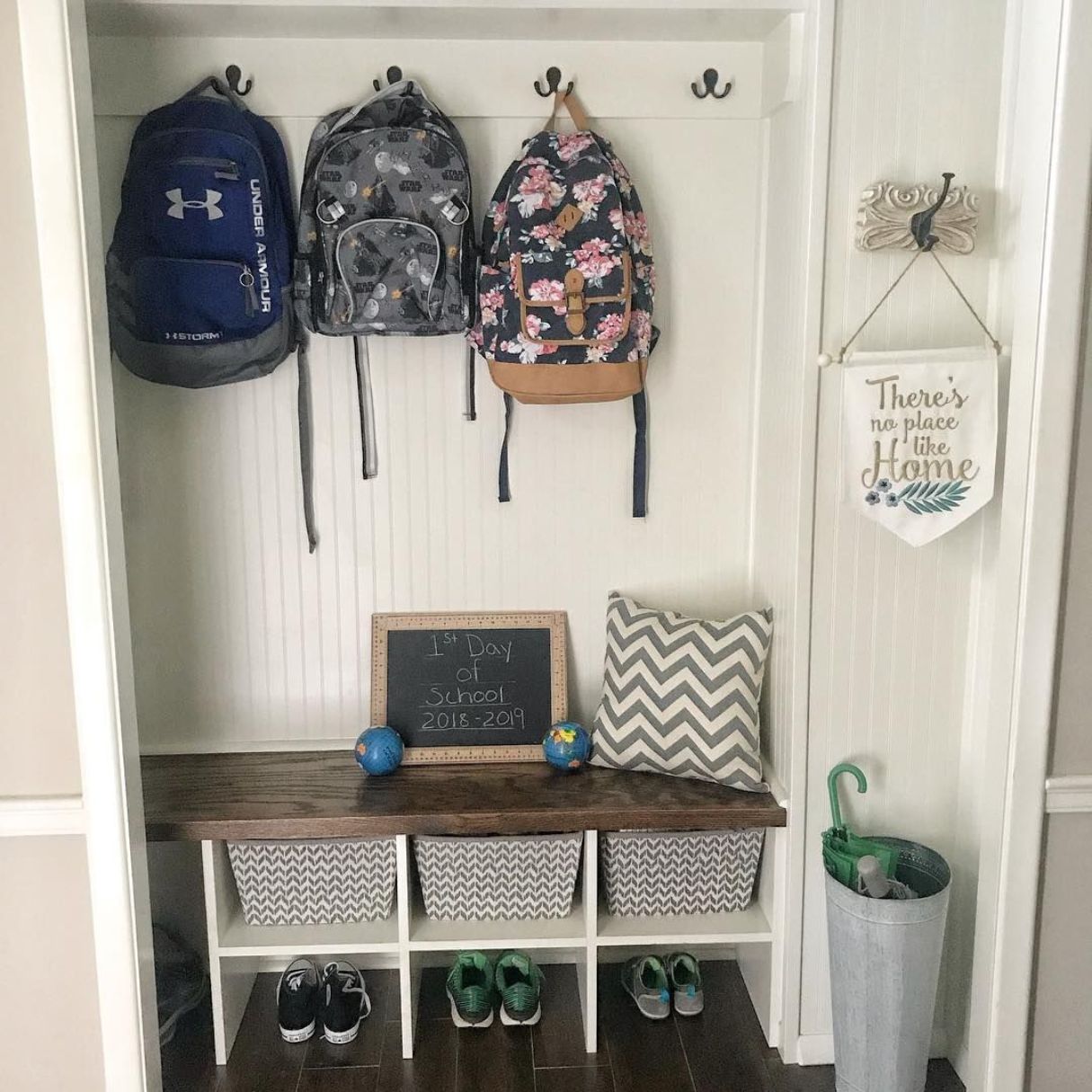
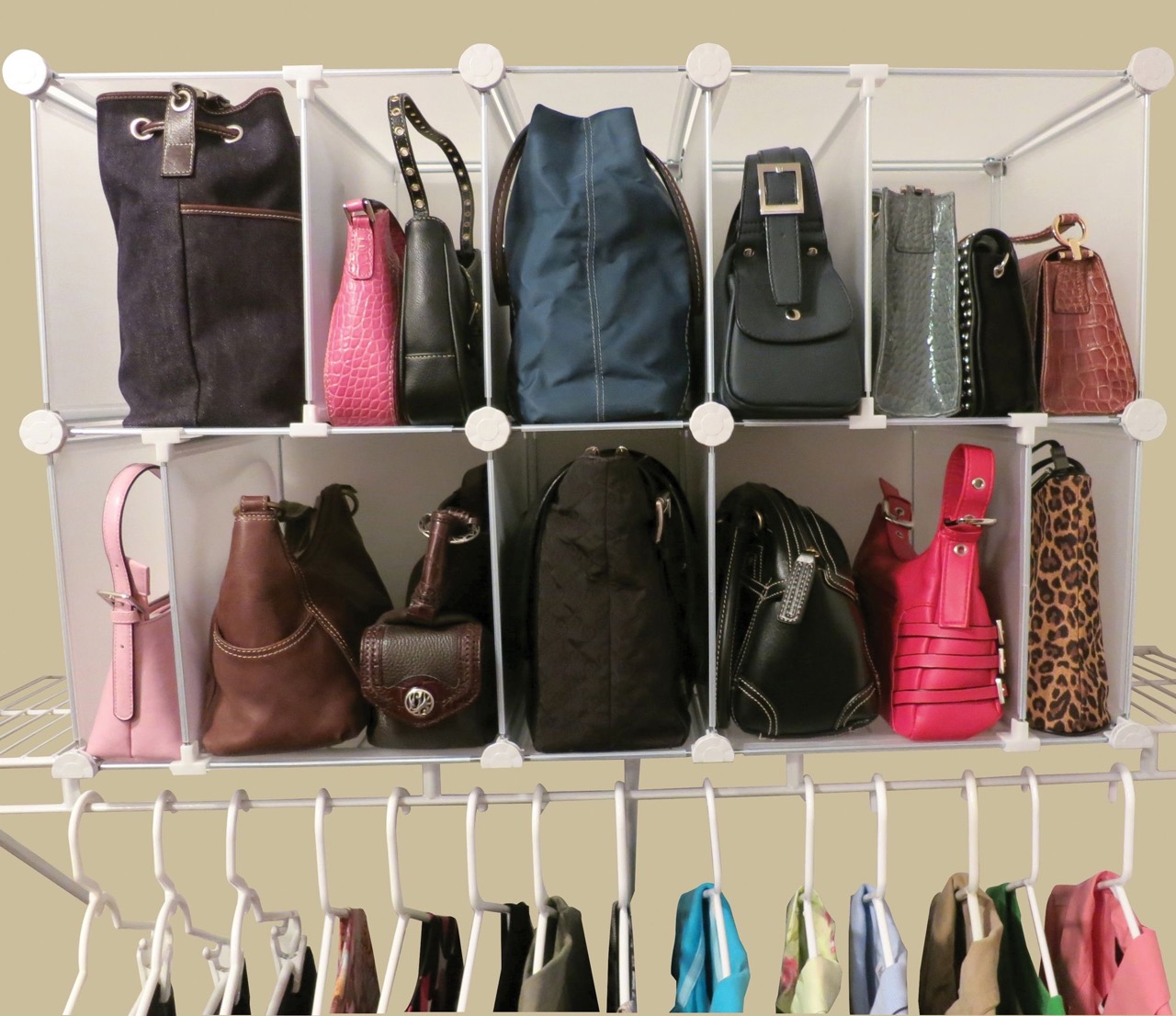

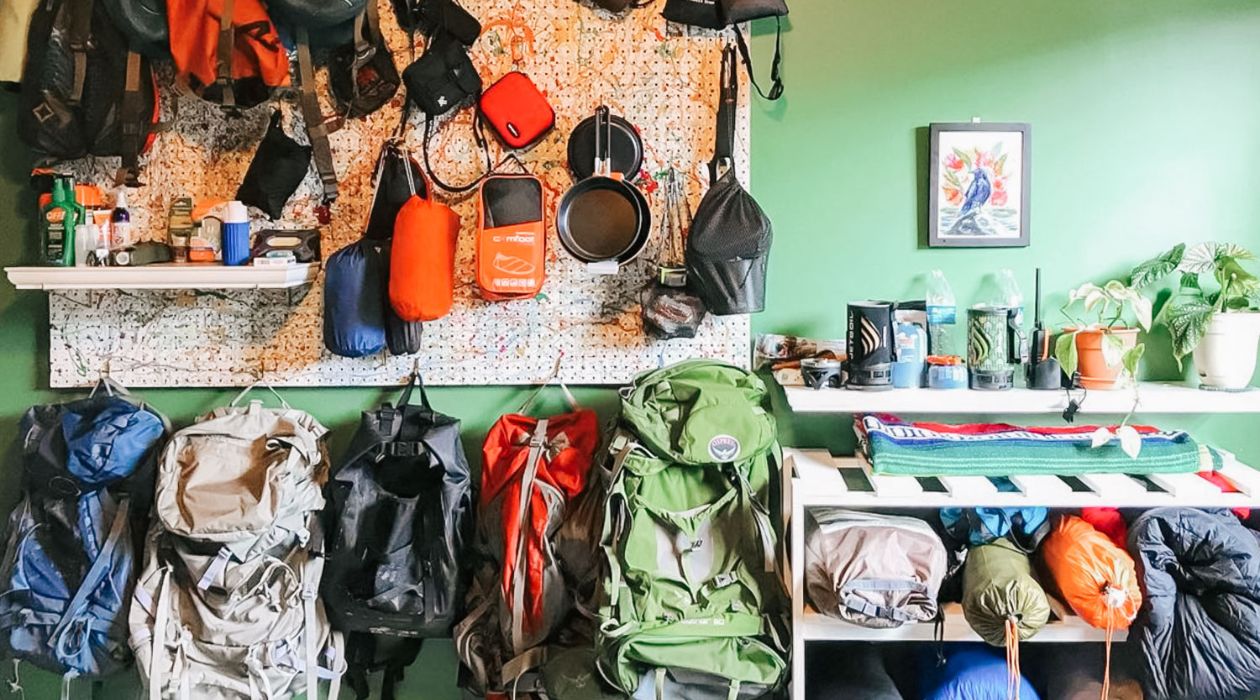
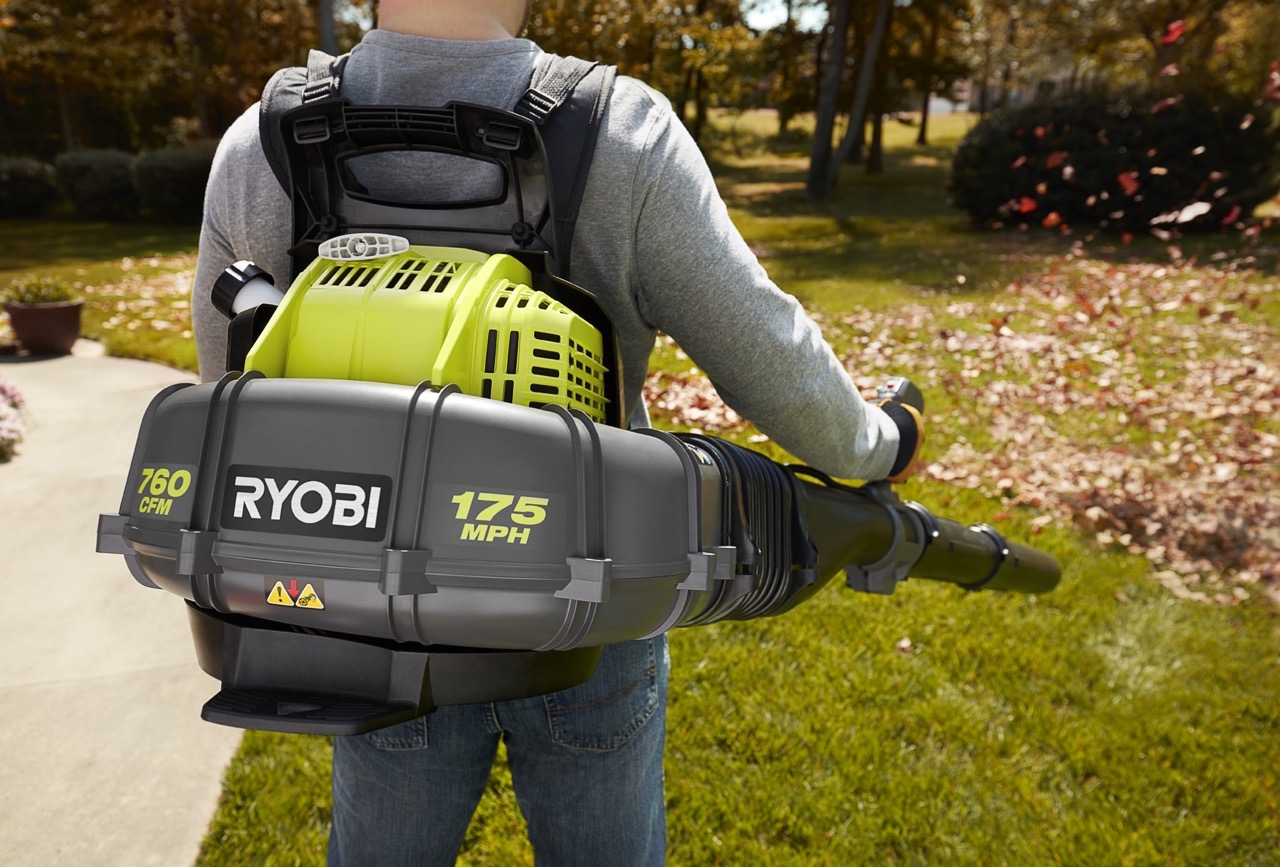
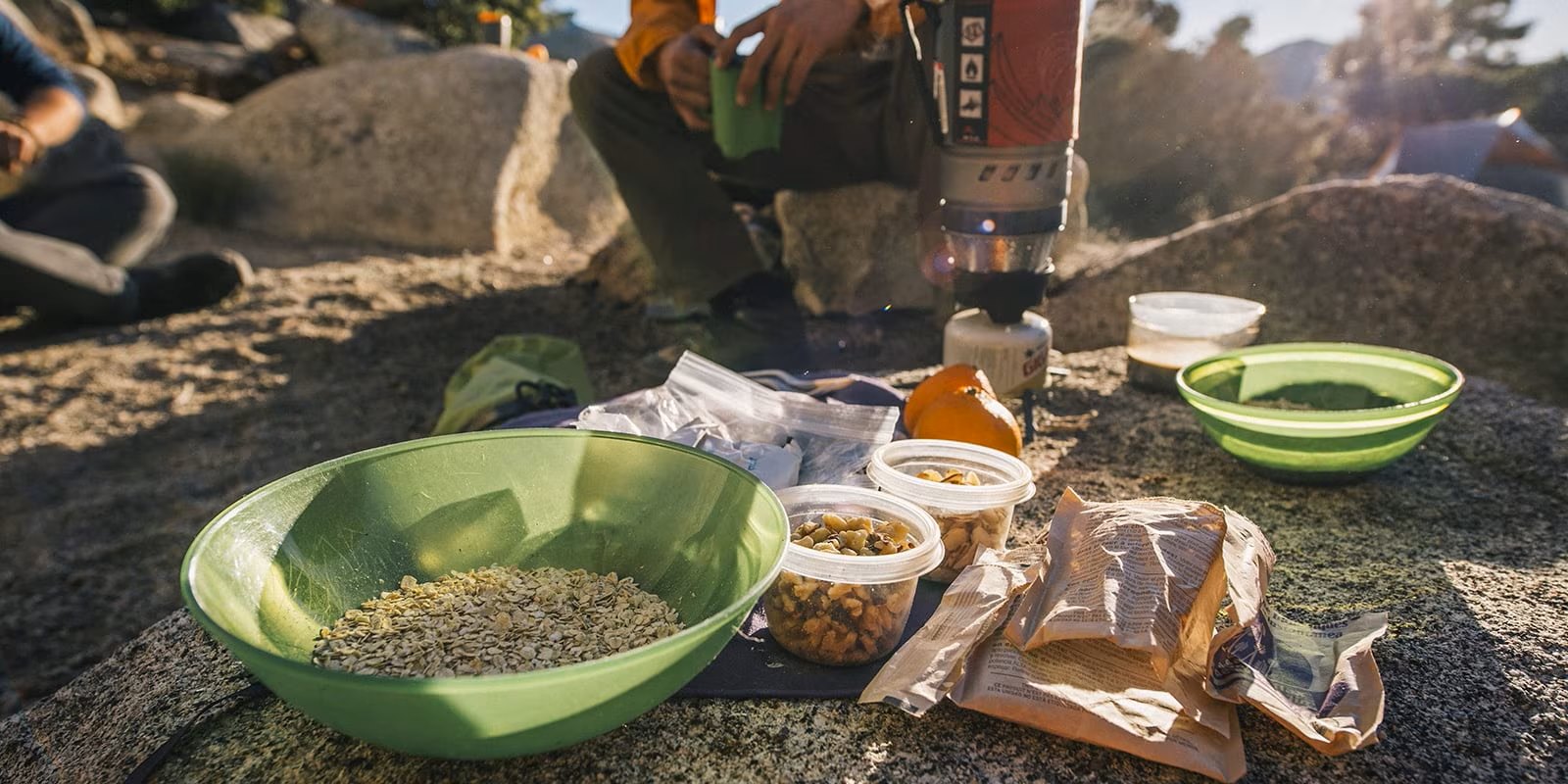
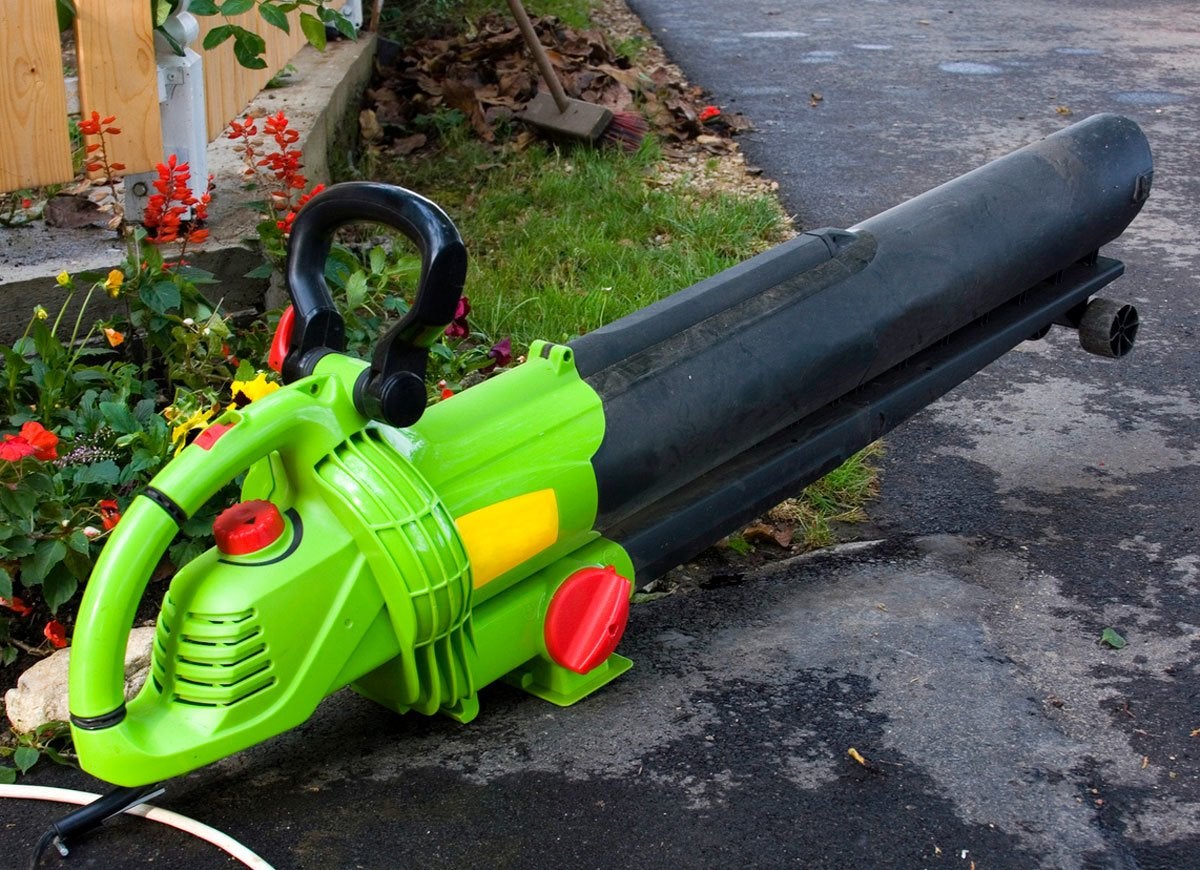
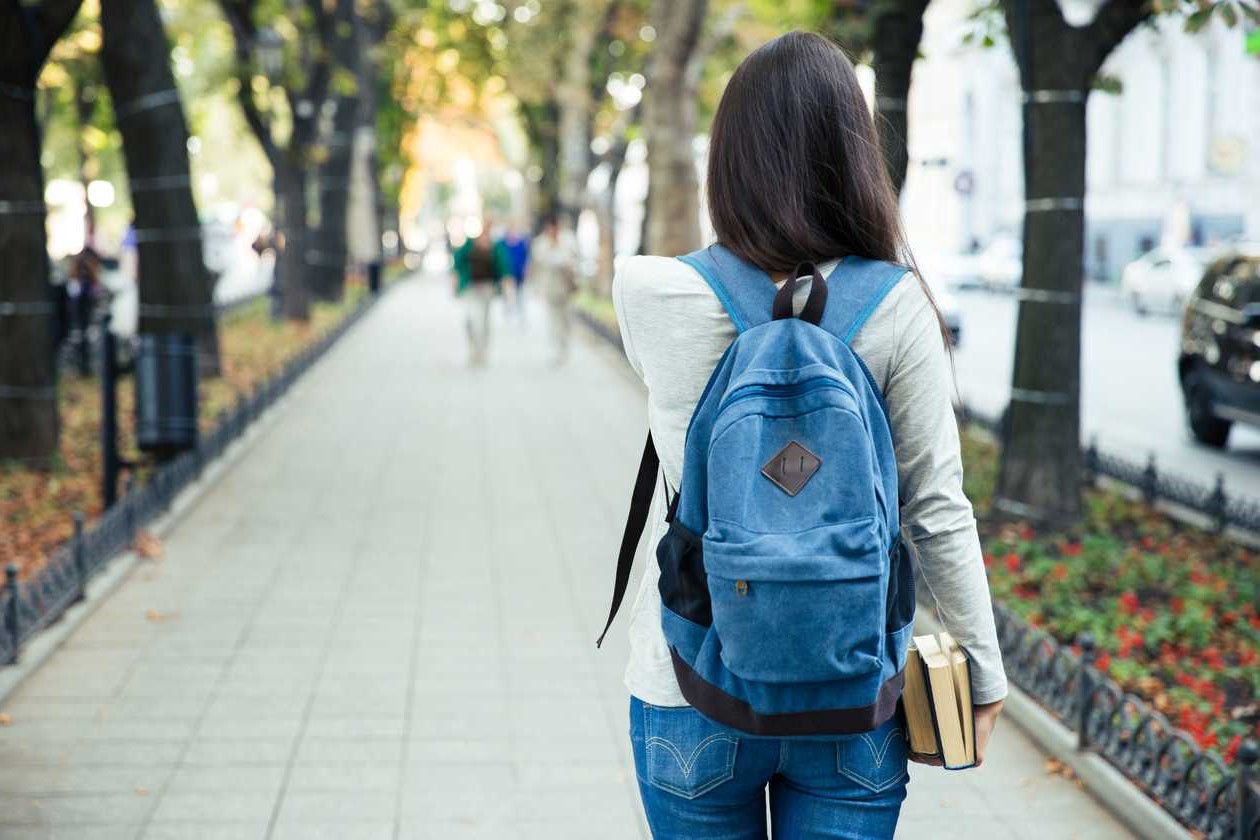
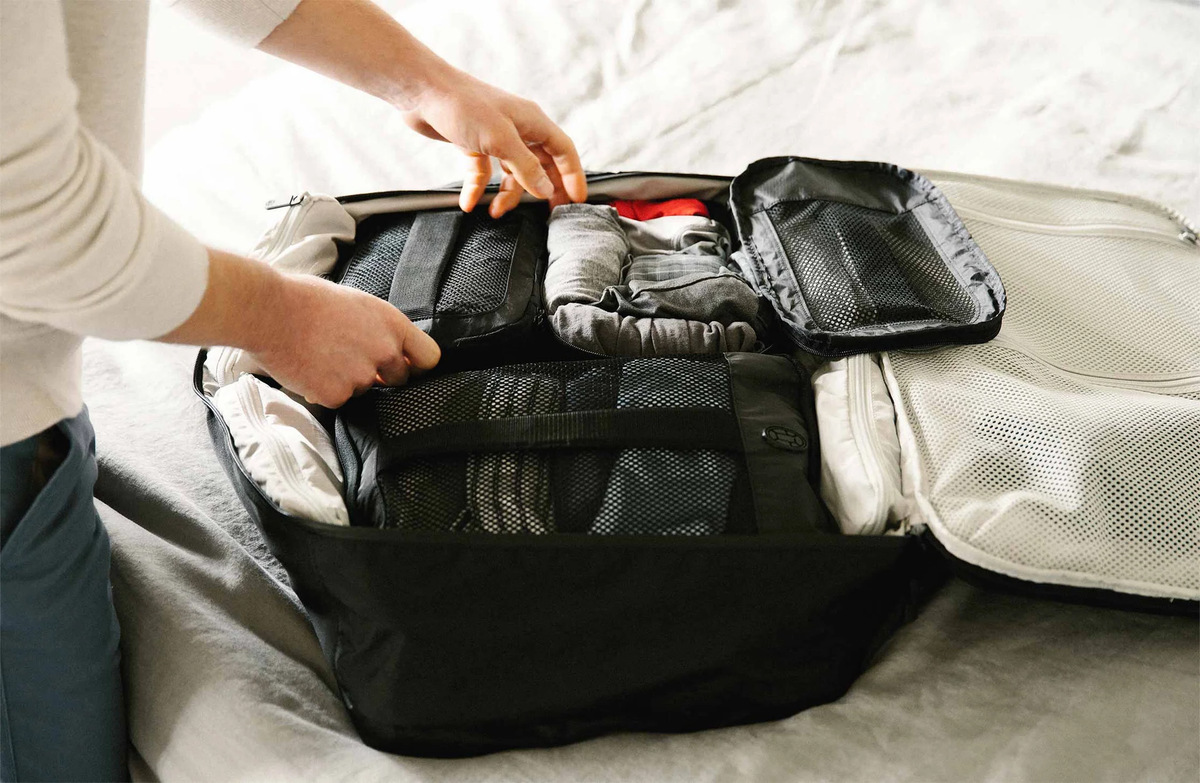
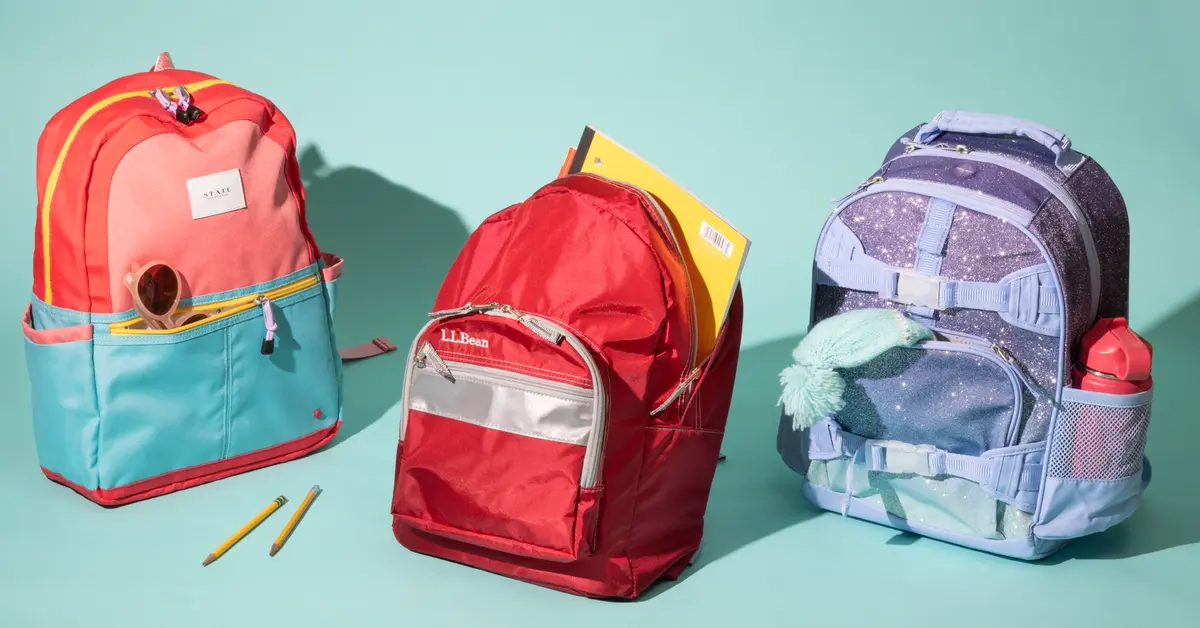
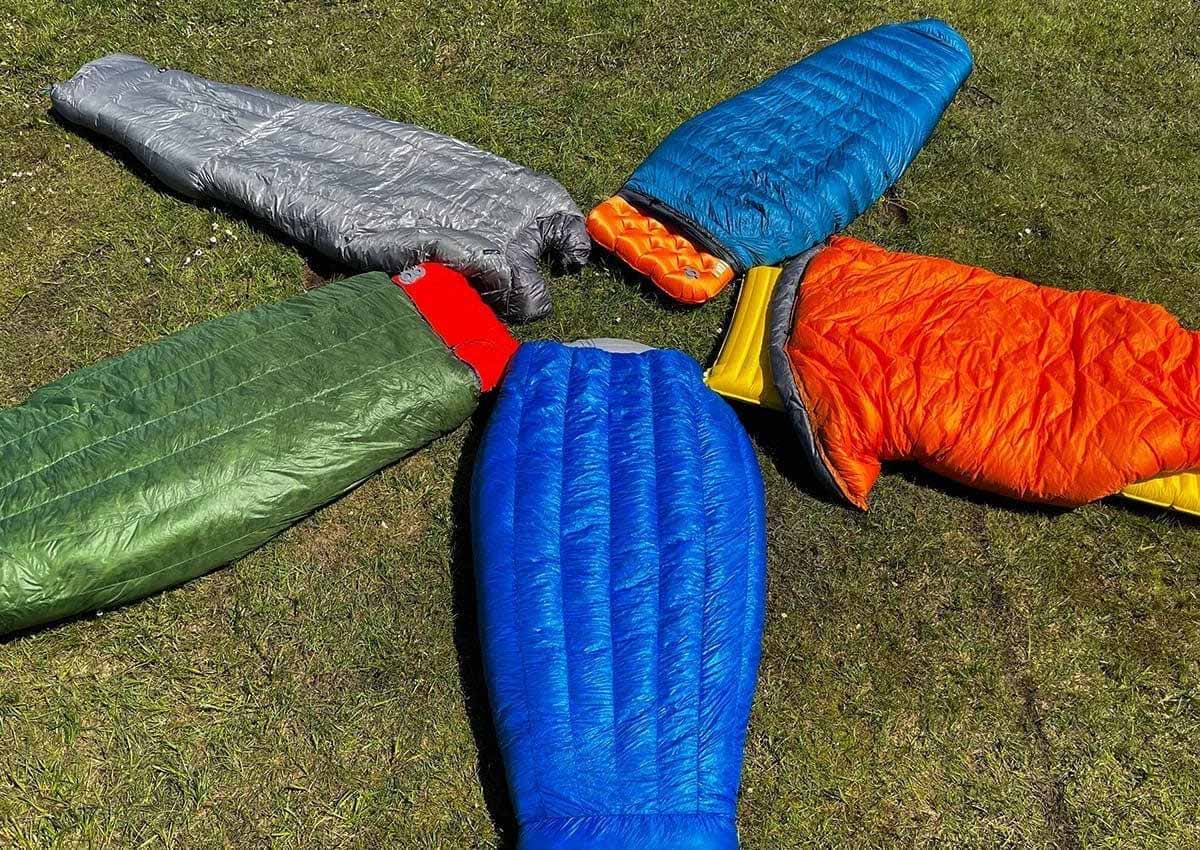
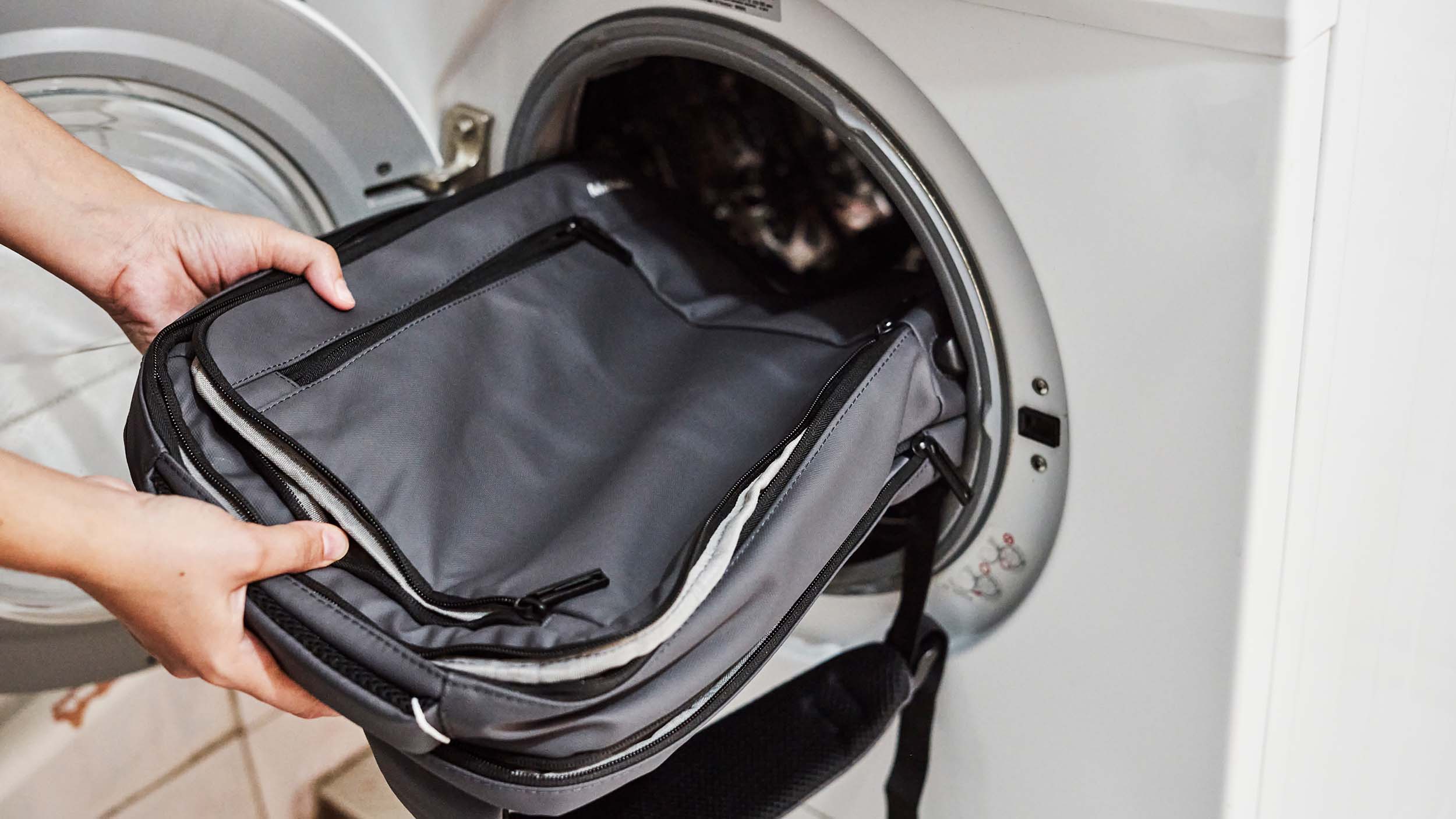

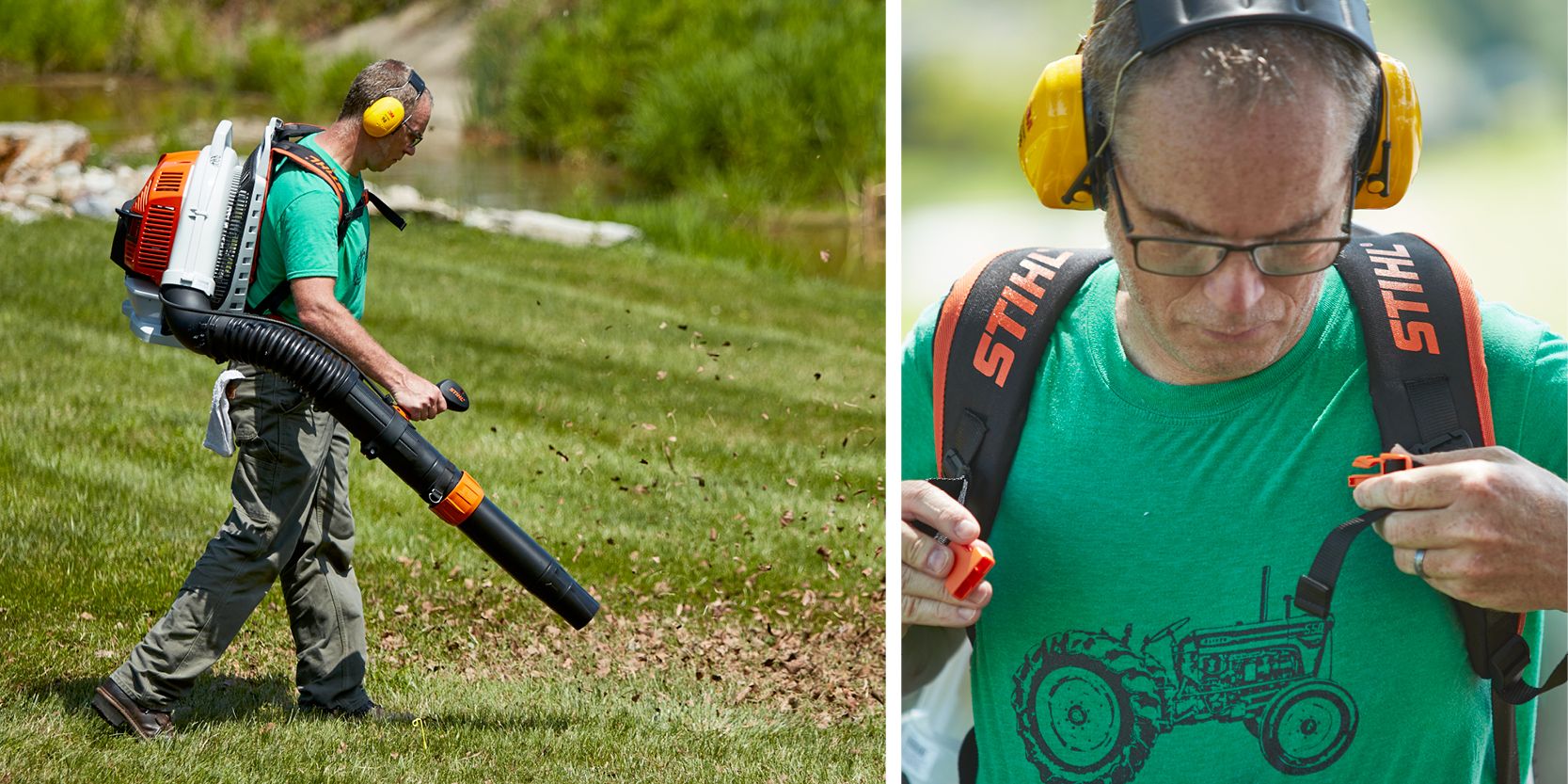

0 thoughts on “How To Store Backpacks At Home”